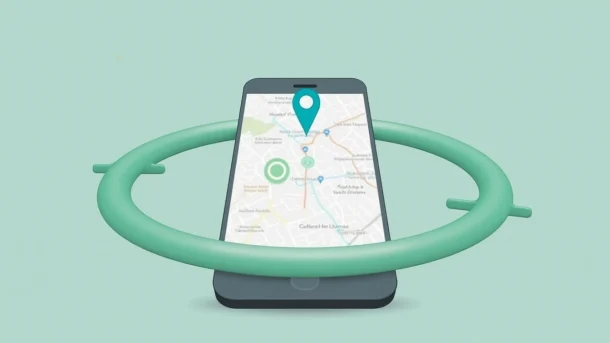Introduction to Location Tracking
Location tracking has become an integral part of modern life, enabled by advancements in Global Positioning System (GPS) technology and the proliferation of location services on mobile devices. This capability allows businesses to gather data on the movements and habits of employees, customers, and potential leads, opening up new avenues for targeted marketing and operational efficiency.
At its core, location tracking involves the use of GPS satellites to pinpoint a device’s geographical coordinates with great accuracy. Smartphones and other mobile devices are equipped with GPS receivers that can triangulate their position based on signals from multiple satellites. This data is then transmitted to servers where it can be analyzed and used for various purposes.
The Rise of Location Services
The integration of location services into the operating systems of modern smartphones has made tracking more accessible than ever before. Apple’s iOS and Google’s Android platforms both include built-in APIs that allow developers to access device location data with user consent. This enables a wide range of apps, from navigation tools to social networking platforms, to incorporate location-based features.
For businesses, the potential benefits of leveraging this data are immense. By tracking employee locations, companies can optimize routing, reduce downtime, and monitor adherence to work schedules. In the realm of customer engagement, location data can be used for targeted advertising, personalized recommendations, and real-time offers based on a user’s proximity to specific businesses or points of interest.

Tools for Location-based Marketing
Several tools exist that enable businesses to harness the power of location tracking for marketing purposes. These include:
1. Geofencing: This technique involves defining virtual boundaries around physical locations and triggering actions when a device enters or leaves that area. Geofencing can be used to send targeted notifications, track customer footfall, or gather insights into consumer behavior.
2. Beacons: These small, low-energy transmitters use Bluetooth technology to communicate with nearby devices. When a smartphone comes within range of a beacon, it can trigger personalized messages, offers, or check-ins.
3. Location analytics platforms: These software solutions provide advanced analytics and visualization tools for location data. They allow businesses to create heatmaps, identify trends in customer movement, and measure the impact of marketing campaigns on store traffic.
4. Social media integration: Many social networking platforms now offer location-based features that can be used by businesses to gather insights or engage with users in real-time.
Privacy Concerns and Best Practices
While location tracking offers immense potential for businesses, it also raises significant privacy concerns. Consumers may feel uncomfortable with the idea of their movements being monitored, particularly without their explicit consent. To mitigate these risks, companies should follow best practices such as:
1. Obtaining clear, informed consent from users before collecting and using location data.
2. Being transparent about how data will be used and who it will be shared with.
3. Implementing robust security measures to protect against unauthorized access or breaches of location data.
4. Providing users with easy-to-use tools for opting out of location tracking services if desired.
Conclusion
Location-based marketing represents a powerful new frontier in customer engagement and business optimization. By leveraging the capabilities of GPS technology, mobile devices, and advanced analytics tools, companies can gain unprecedented insights into consumer behavior and tailor their strategies accordingly. However, it is essential to approach this field with a strong sense of ethical responsibility and respect for consumer privacy.
As location tracking continues to evolve and become more sophisticated, businesses must stay at the forefront of best practices and continually adapt to shifting expectations and regulations. With a focus on transparency, consent, and data protection, location-based marketing can be harnessed as a force for positive change, enabling companies to better serve their customers while respecting individual rights and freedoms.





